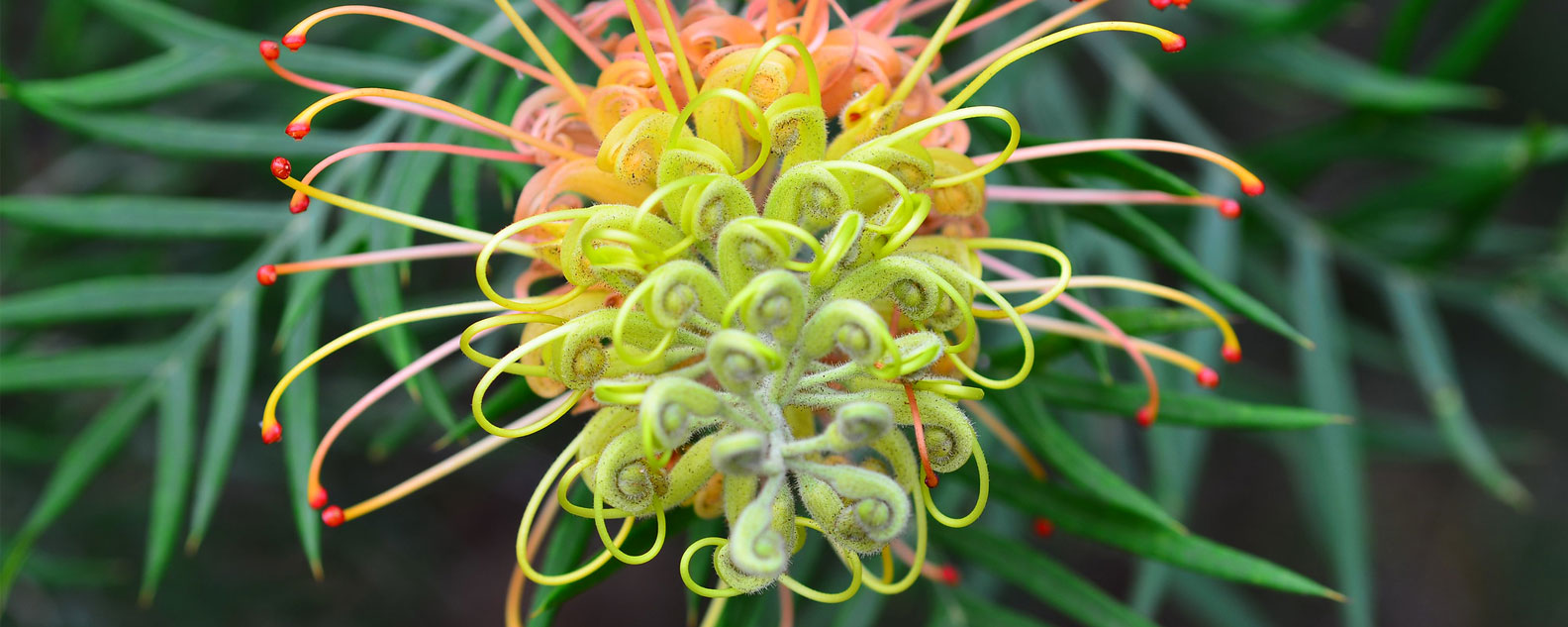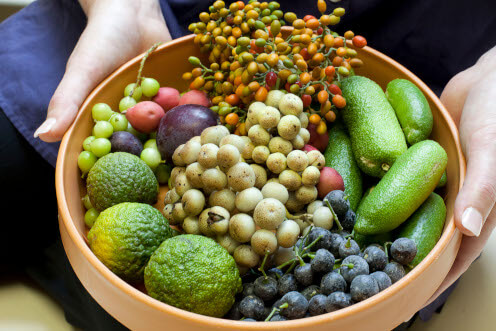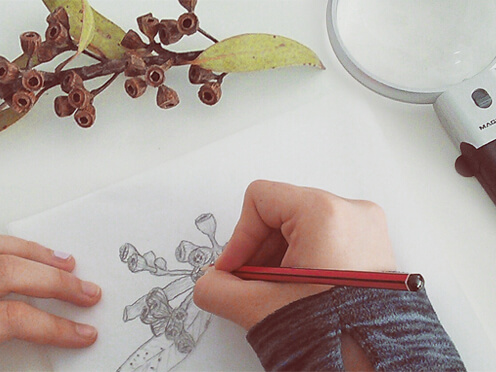Biological diversity: Darwin down under
Charles Darwin visited Australia and the Royal Botanic Garden Sydney in 1836. While here he made observations about Australian plants that formed the basis of his theories of natural selection.

Stage 6
Biology
2 hours
Australian PlantBank, Australian Botanic Garden Mount Annan
Minimum charges apply. Discounts apply for full-day programs!
Scientists at the Royal Botanic Garden Sydney continue to ask questions about the evolution, distribution and abundance of Australian plant species.
Using some of this recent research, students will engage in collaborative, inquiry-based projects using critical and creative thinking to develop an understanding of biological diversity and the theory of evolution.
Students will
Learn about Charles Darwin's observations of Australian plants
Investigate current botanical research to explain the diversity, evolution and adaptations of key Australian species
Analyse primary and secondary resources to propose hypotheses for plant research.
Key content
Students complete two or more of the following activities:
Activity 1: Wollemi Under Pressure
Students examine changes to the distribution of the Wollemi Pine and what environmental pressures act on it. New DNA research now provides an update on the future of this significant speciesActivity 2: Eucalypts are Diverse
Students observe the adaptations of four eucalypt species to explain how they have adapted to their specific environmentsActivity 3: Prolific Proteaceae
Students examine the symmetry of flowers and how recent DNA data has led to an understanding of the evolution of this family of plants- Activity 4: Where has the Black Bean Been?
Students will examine methods of seed dispersal and form hypotheses about the dispersal mechanisms of the Black Bean tree. New research from our scientists suggests there is more to the story.
Links to New South Wales curriculum
Focus Syllabus Outcomes
Science Module 3: Biological Diversity
- Develops and evaluates questions and hypotheses for scientific investigation (BIO11/12-1)
- Designs and evaluates investigations in order to obtain primary and secondary data and information (BIO11/12-2)
- Communicates scientific understanding using suitable language and terminology for a specific audience or purpose (BIO11/12-7)
- Describes biological diversity by explaining the relationships between a range of organisms in terms of specialisation for selected habitats and evolution of species (BIO11-10)
Investigate current botanical research to explain the diversity, evolution and adaptations of key Australian species.
Related excursions

Students will investigate and prepare bush foods, and discover how the first settlers affected First Nations diets.

Students explore the Botanic Gardens, to learn about thriving desert landscapes, biodiversity, and experience the wonder of time spent in nature.

This full-day program supports Module 3: Biological Diversity in the new 2018 New South Wales Biology syllabus.